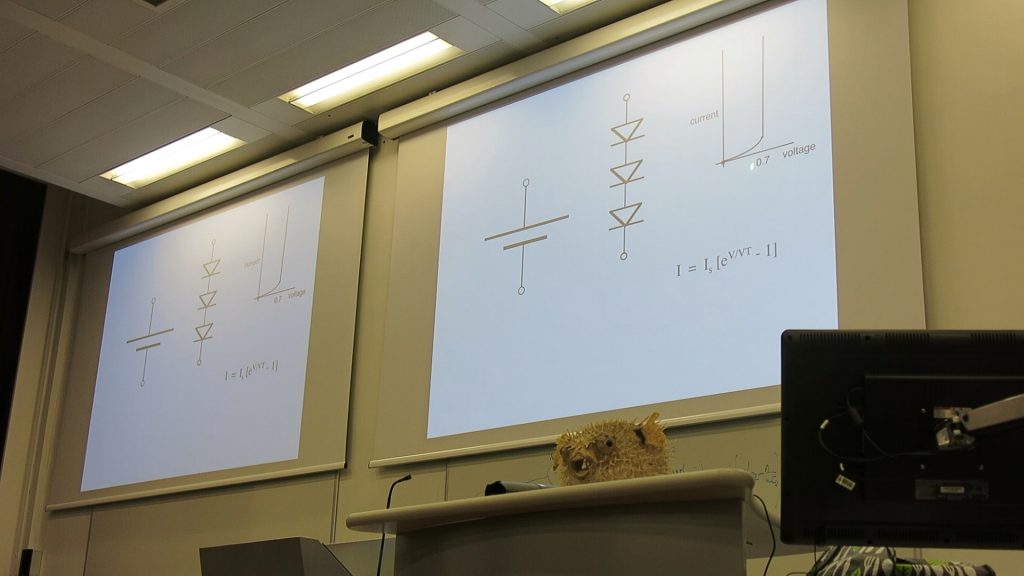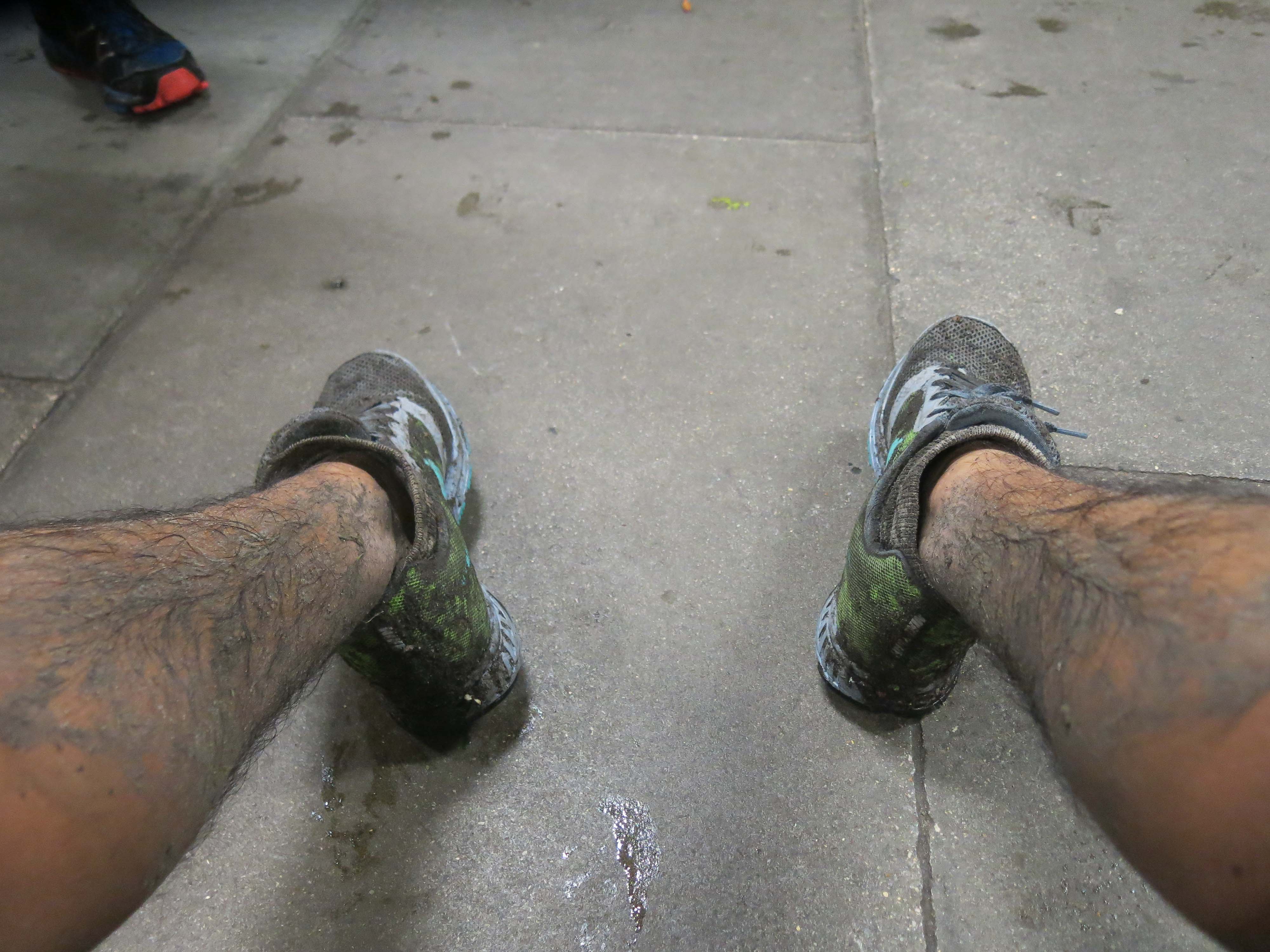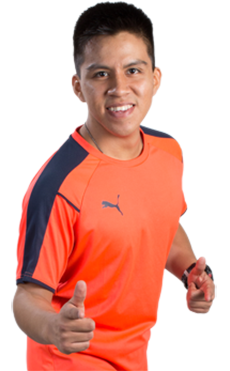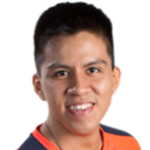Happy new year! And merry belated Christmas!
I hope you had a great time with your friends and family, wherever you are.
It’s just been a few days since the start of the new year and I’m excited to continue my studies here in the Spring term.
But what happened in the Autumn term?
Well, for one thing, I became an Imperial student blogger, which I’m really amped to be. I know I haven’t written as often as the other bloggers (do check their blogs out – they’re great!), but I’ve been busy.
I’m not lying. Seriously…
Alright. To be honest, I could have made some time to write a post or two.
Anyway, in this term we had the following modules:
Bioengineering in Action: Academic staff of the Bioengineering department gave presentations to our year on what sort of research they have been doing in their labs, showing us real-world applications of the things we are and will be learning in our lectures. The range of research topics in the department is so vast that I learned about many branches in Bioengineering that I didn’t know about before.
Biomolecular Engineering 1: When making parts of a bionic limb, for example, it is crucial to consider how the materials it’s made of will react under stress. Will it break? Will it bend? Will it stretch? Are these responses beneficial or undesirable? In this module, we started off at the atomic level and built it up to the macro-scale level to see how different materials, which are made differently, react to different levels of stress.
Electrical Engineering 1: If you didn’t cover electrical circuits in high school or further education, you’ll learn about them from the very beginning in this module, so worry not. If you did, you will still learn new things you may not have thought about. Now, this aspect of engineering is important; think about it. How would I power my bionic limb? And carry the messages from one end to the other? And have it do what it’s supposed to do?
Also, a puffer fish once gave one of the lectures:

Logic and Digital Systems: In the world of today, computers exist to make our lives easier. Their language, however, is only restricted to 0’s and 1’s. Computers cannot understand anything else, so how is it that you’re able to watch cat videos on the internet? These input 0’s and 1’s are carried through logic gates, generating new output messages (again in 0’s and 1’s), which when specifically programmed, will carry out a certain command. For example, memory. All your music and pictures are stored in sequences of 0’s and 1’s, after all.
Mathematics 1: From functions, to vectors and complex numbers, to calculus. This module is crucial in any sort of engineering, as it will help to design any parts needed for our bionic limb, but also to help us understand the world around us, like propagation of action potentials in our nervous system as waves. We will be continuing this module in the Spring term.
Medical Science 1: Bioengineering is all about improving the health of human beings, but to do that, we need to understand how certain aspects of the human body function. Whether we want to design a bionic limb (I know I keep mentioning this, but this is my goal as an aspiring biomedical engineer), build a pacemaker or model the circuitry of the brain, we need to obtain deep understanding of the physiological concepts.
Mathematical Tools, Vibrations & Waves: The light emitted from the screen where you are reading this is an electromagnetic wave that travelled across air and to your retina. But can we model its motion and path? Starting with mathematical principles, moving on to oscillations and finally wave motion in transmission lines, this will be one of the most interesting modules you’ll get. We mainly covered the propagation of voltage and current waves in circuits containing resistors, inductors and capacitors, and later transmission lines, which can be compared to the nerves in your body.
Walking & Running: This module involved executing an experiment very early in the term; in fact, the first week. Through laughing at how your peers walk and working with them to make a presentation, you will learn about the basics of how humans walk or run, and what implications this has on our joints.
As an Imperial student, I also got the chance to take an Horizons course, and for this term I chose Global Challenges: The World Today.
The course involved identifying various challenges, or issues, the humans of the world are facing. Different groups work on different challenges, and report our findings back on a wiki page that we write ourselves. From scratch. Sounds great, right?! I believe the purpose of this scheme is to expand our knowledge about something else than our degree subject. I know I did, as my group investigated the occurring refugee crises, most especially the ongoing Syrian refugee crisis.
I also attended various Imperial Plus workshops to develop my volunteering skills. From them, I learned new things that I could do at my volunteer positions that would improve my experience and impact.
I really enjoy volunteering; I have been doing it for the past 5 years, but mainly for the past 2.5 years. During the term and my winter break, I volunteered at a charity in London that focuses on people with disabilities. More on that to come on the next blog.
How could I forget clubs & societies?! As I have already mentioned, I am a member of the Imperial Cross Country & Athletics Club, and I have attended various training sessions, weekly runs and races, but I was not very constant throughout the term. For this new term, I aim to be more constant, at least 2 sessions a week (there are daily sessions, you know!).
I participated in the 3rd London College’s League race in Wimbledon, where the conditions were forest-y, rainy, muddy and fire-y. There was a large, wildfire in the forest, and I had to run next to it – twice. That was a unique experience indeed. At the end of the race, the conditions of my legs and shoes were like this:

This, my dear readers, was blog #02.
Do comment with any questions you may have, and I’ll respond as soon as I can!
Franz, out.




Hi Franz
Would like to know if Bioengineering and BIOMEDICAL ENGINEERING is the same course. Please explain.
I am at the moment considering this course for my daughter. Thank you.
Hi Mrs. Seran,
Thank you for your comment! Honestly, I asked myself that very same question when applying to study this course, but I have come to learn that both terms can be used interchangeably and sometimes there’s no problem at all. Here at Imperial the term ‘Bioengineering’ and ‘Biomedical Engineering’ do not differ as much as they would somewhere else (I hear in the US, a Bioengineering degree may involve learning of Engineering principles and applying those in fields like chemistry or biology, whereas with the MEDICAL term in the name – BioMEDICAL Engineering – the applications are more focused in medicine and the human body). Here at Imperial however, our Department of Bioengineering is focused in the application of Engineering principles to medicine and improvement of human health, and it offers the interdisciplinary course ‘Biomedical Engineering’ for us to learn of various engineering fields (mechanical, electrical, material science, etc) and ultimately apply those principles to the human body. See what sort of research is done in our Department here.
I suggest, when looking for a course for your daughter, to look through what the course offers and see if it interests her. Our undergraduate Biomedical Engineering degree offers these modules in first year (click on Structure). I also believe that ‘Biomedical Engineering’ degrees around the UK are similar, but do verify in what field the students are taught to apply what they learn. If your daughter enjoys learning biology and would like to apply physics and mathematics principles to the human body, this is the course for her. Of course, Engineering does not solely comprise of physics and mathematics, but also programming and design, though this is still not an exhaustive list.
I hope you’re able to find a suitable course for your daughter, but this one is definitely fun! Let me know if there’s anything else you may be wondering of. I’ll try to reply soon.
Franz